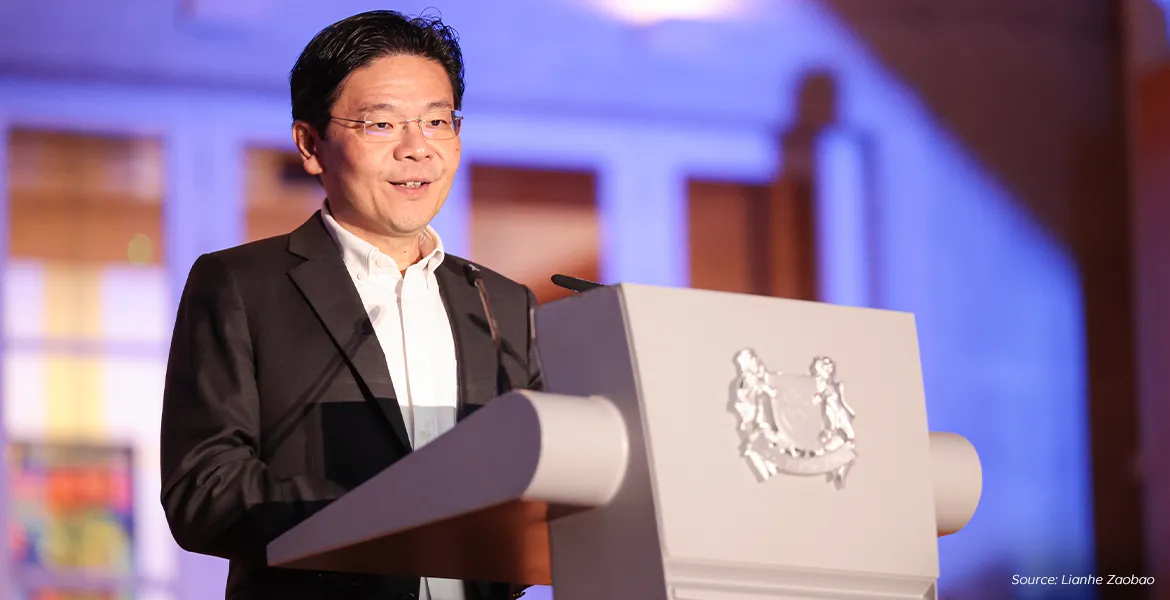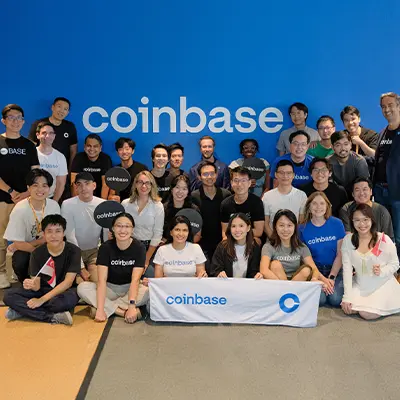Simon Chesterman, senior director of AI governance at AI Singapore, said Nais 2.0 “reflects a whole-of-government, whole-of-economy approach that is needed to reap the benefits of AI, while ensuring that those benefits are fairly distributed across Singapore, the region and beyond”.
“To thrive in a twenty-first century dominated by AI, we need to be a port for ideas – cultivating local capacity and opportunity, while also being integrated into global supply chains and processes. This new strategy puts down a marker that says we are open to AI and open for business,” he added.
A familiar name that has incorporated AI into its business is Singapore Airlines (SIA), which uses AI to optimise its operations.
George Wang, the company’s senior vice-president of information technology, said the national airline has been able to use AI to analyse customer feedback from its various channels in near real time.
The company has also been training its staff in generative AI and exploring how the technology can improve productivity, he said.
On how SIA hopes to benefit from Nais 2.0, he lauded the possible creation of sectoral AI “centres of excellence” in the industry.
“We believe the sectoral air transport AI centre of excellence, if established, will further strengthen Singapore’s position as a leading air hub and benefit the entire aviation ecosystem.”
The 15 courses of action in Nais 2.0
The Nais 2.0 consists of three systems, which can be broken down further into 10 enablers: talent, capabilities, placemaking, industry, government, research, compute, data, trusted environment, and leader in thought and action.
Industry
1. Anchor new AI “centres of excellence”
- Encourage both AI producers and users to conduct value-creation activities here
- Work with industry champions to identify and promote sectoral centres of excellence
2. Strengthen the AI startup ecosystem
- Attract more venture builders
- Develop more accelerator programmes
Government
3. Improve public service productivity
- Develop AI strategies to address challenges
- Optimise business lines with AI
Research
4. Update national AI research and development plans
- Be selective in AI research priorities
- Foster industry-academia collaboration
- Recruit top AI researchers
- Operate graphics processing units (GPUs) for Singapore’s research community
- Expand international research collaboration
Talent
5. Attract world’s top AI creators
- Set up a dedicated team to identify them and integrate them into Singapore’s ecosystem
- Create novel value propositions such as hybrid working arrangements, part-time employment and partnerships
6. Increase AI talent pool to 15,000 from about 4,500 currently
- Redesign AI Apprenticeship Programme to increase trainee positions
- Expand the number of company attachments
- Remain open to global talent
Capabilities
7. Accelerate enterprise adoption of AI
- Enhance the enterprise digitalisation toolkit
- Provide tailored support for AI-enabled business transformation
8. Upskill workforce through sector-specific AI training programmes
- Develop targeted interventions in industry transformation maps
Placemaking
9. Establish a dedicated physical space for AI
- Co-create the space in consultation with AI ecosystem representatives
Compute
10. Increase Singapore’s high-performance compute capacity
- Deepen partnerships with chipmakers and cloud service providers
- Allocate sufficient carbon budget and power to data centres
- Manage a small subset of Singapore-based GPUs
Data
11. Build capabilities in privacy-enhancing technologies (PETs) and data services
- Support the research and development of PETs
12. Unlock government data for public good use cases
- Assess the feasibility of a data concierge within the government
- Advocate for trusted cross-border data flows
Trusted environment
13. Ensure fit-for-purpose regulatory environment
- Update AI governance frameworks to address novel risks
- Work with partners to translate guidelines into technical standards
- Establish a common platform for regulatory agencies to coordinate on AI developments
- Consider updates to broader standards and laws
- Contribute actively to international AI discourse
14. Improve security and resilience baseline
- Update cybersecurity toolkits
- Coordinate efforts to share best practices
Leader in thought and action
15. Establish Singapore as a trusted and capable international partner on AI innovation and governance
- Increase international mindshare in practical and risk-based approaches
- Anchor key bilateral relationships with selected partners
- Demonstrate alignment with key international fora
- Share Singapore’s experience
A version of this article appeared in The Straits Times and The Business Times.
© SPH Media Limited. Extracts reprinted with permission.








